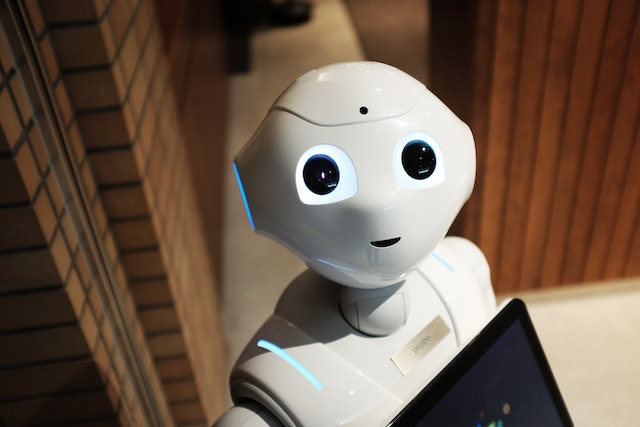Breaking Down IoT Technology: An In-depth Analysis by IoT News Daily
What is IoT Technology?
Contents
The Internet of Things (IoT) has become a buzzword in the technology industry, but what exactly does it entail? IoT refers to the network of interconnected devices that communicate and exchange data with each other via the internet. This network can include everyday household items like smart refrigerators and thermostats, as well as industrial machinery and city infrastructure. In this article, we dive into the nuts and bolts of IoT technology as dissected by IoT News Daily.
The Architecture of IoT
To understand IoT technology, it’s crucial to examine its architecture. IoT systems typically comprise four layers: the devices (or things) themselves, the communication network, a data processing layer, and an application layer. The devices gather data, which is transmitted over the network to be processed and analyzed. The resulting information is then presented through applications, enabling users to make informed decisions or automate tasks.
IoT Connectivity Options
A variety of connectivity options are available for IoT devices, each with its own benefits and challenges. These include Wi-Fi, cellular (4G, 5G), Bluetooth, Zigbee, and Low-Power Wide-Area Networks (LPWANs) such as LoRa and Sigfox. The choice of connectivity depends on several factors, including the device’s power requirements, data transfer needs, and operational environment.
IoT Data Security and Privacy
One of the most critical aspects of IoT technology is data security and privacy. With numerous devices collecting and transmitting vast amounts of data, potential security vulnerabilities can arise. IoT News Daily consistently reports on the latest measures being adopted to enhance IoT security, from encryption techniques and secure data storage solutions, to regulatory policies aimed at safeguarding user privacy.
IoT and Artificial Intelligence
The integration of Artificial Intelligence (AI) and Machine Learning (ML) with IoT has been a game-changer, giving rise to the term AIoT. By applying AI algorithms, IoT devices can learn from the data they collect, make predictions, and automate decisions. This adds a new level of intelligence and functionality to IoT systems, enabling more sophisticated applications like predictive maintenance and personalized user experiences.
The Impact of IoT
Lastly, IoT technology has far-reaching implications across various sectors. In healthcare, IoT devices can monitor patient vitals remotely, while in the agriculture industry, they can optimize irrigation and predict crop yields. In the home, IoT has given rise to smart homes where appliances can be controlled remotely or automated to improve energy efficiency and convenience.
In conclusion, IoT technology’s breadth and depth make it a complex yet fascinating field. As IoT News Daily continues to dissect and analyze this technology, we strive to keep our readers informed and prepared for the future that IoT is shaping. Stay tuned for more in-depth discussions and insights into the world of IoT.

Comments are closed.